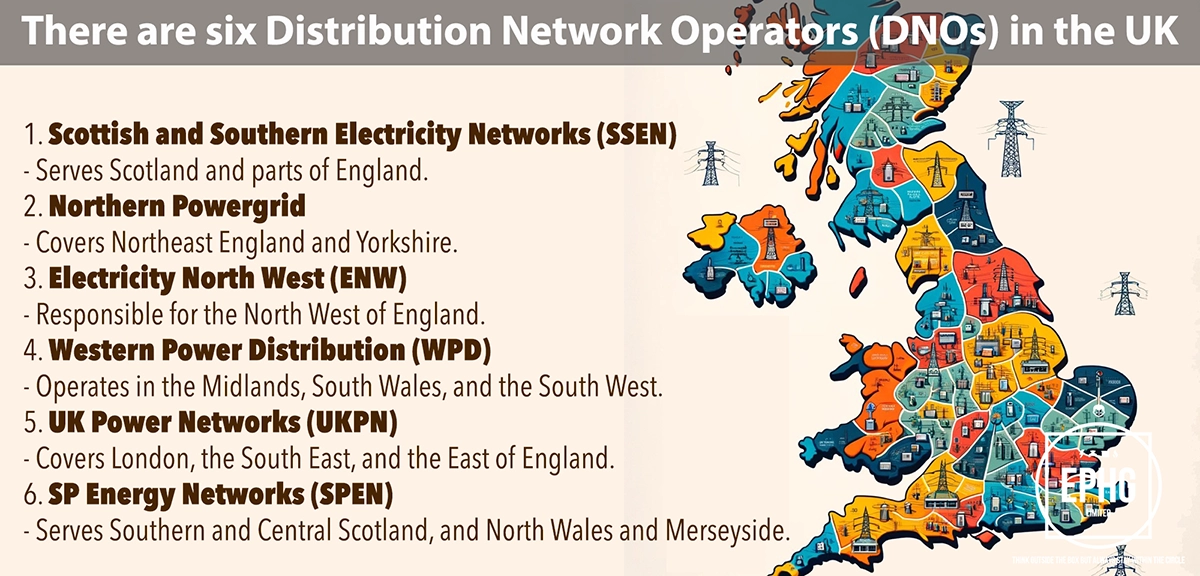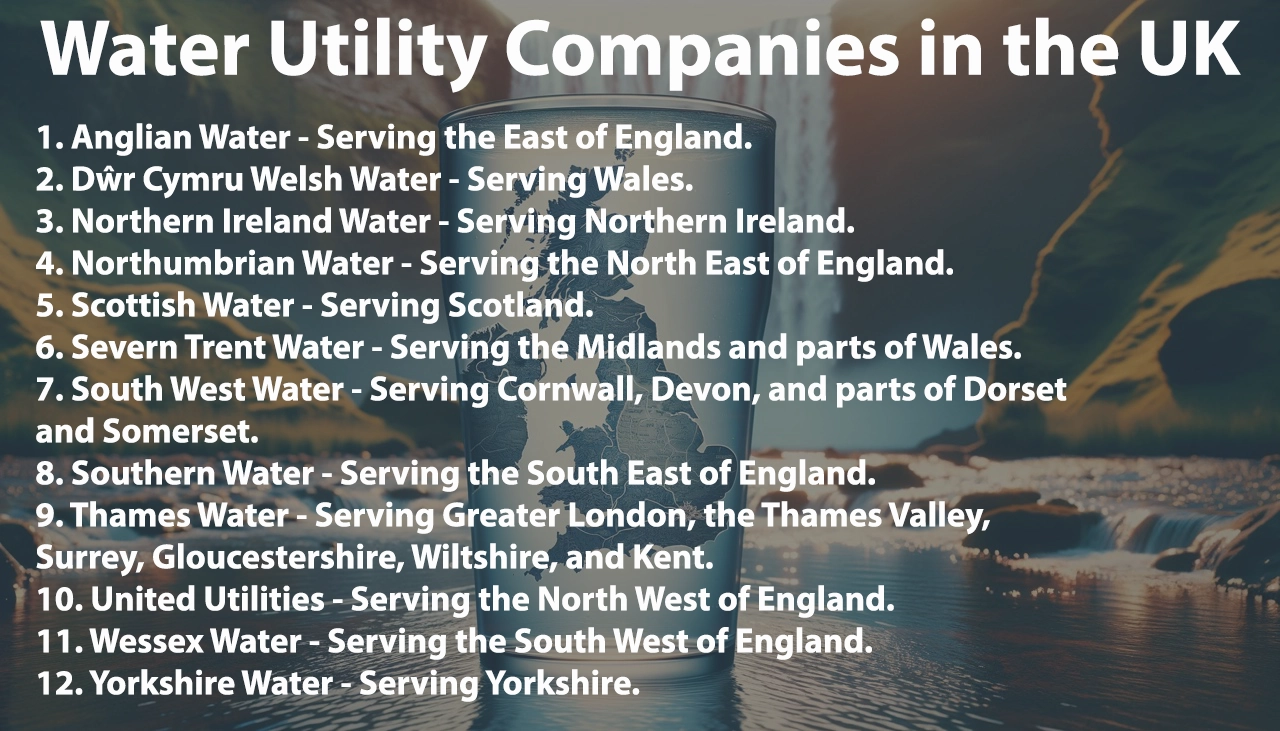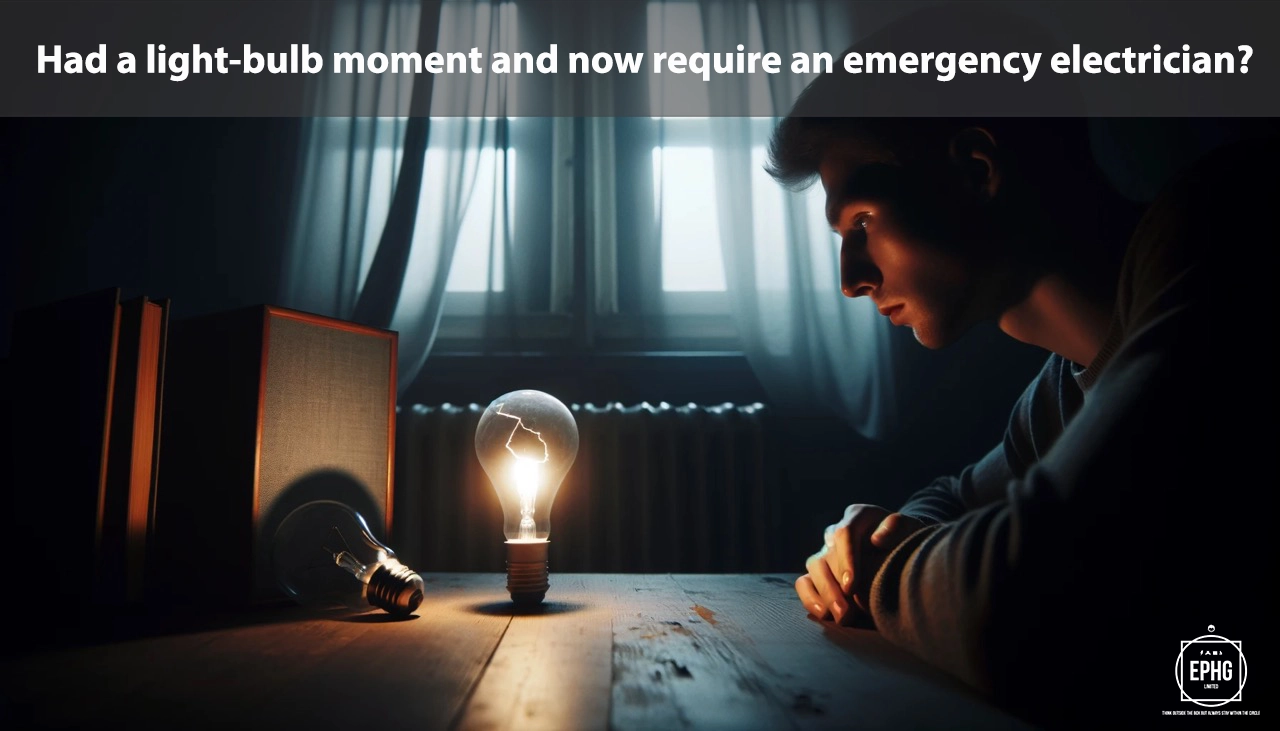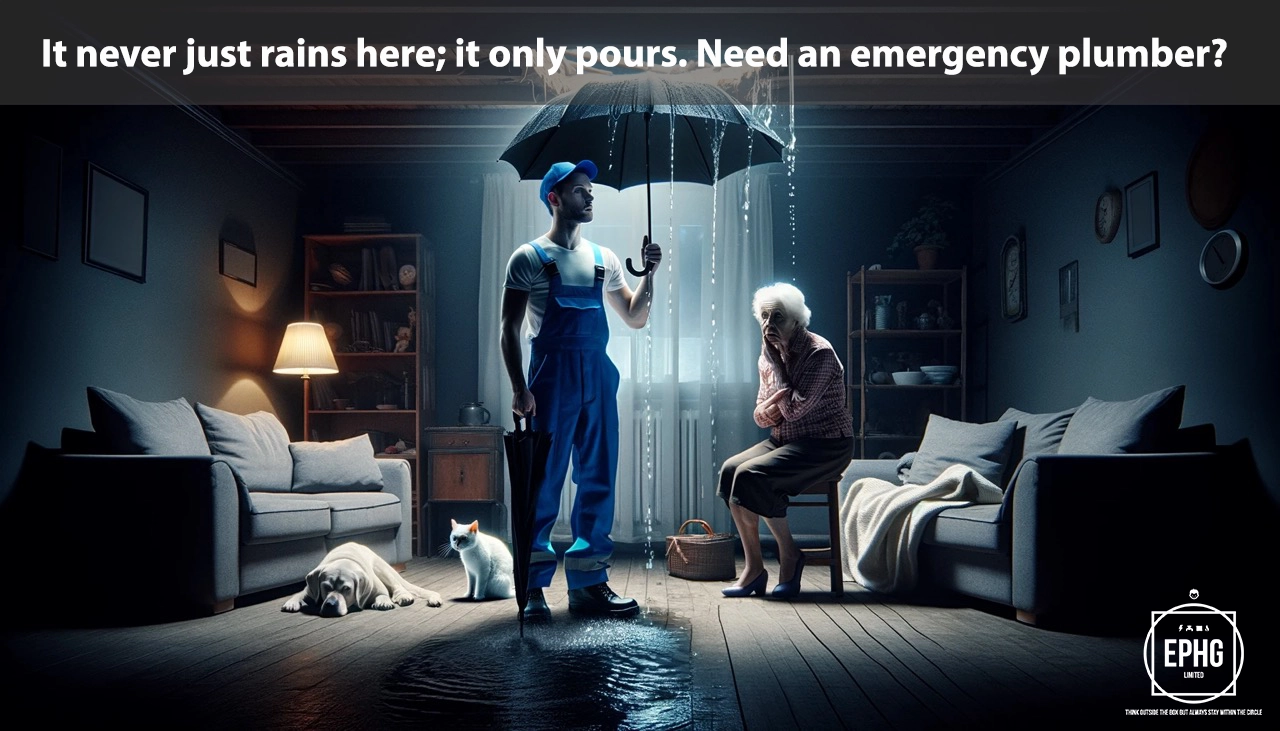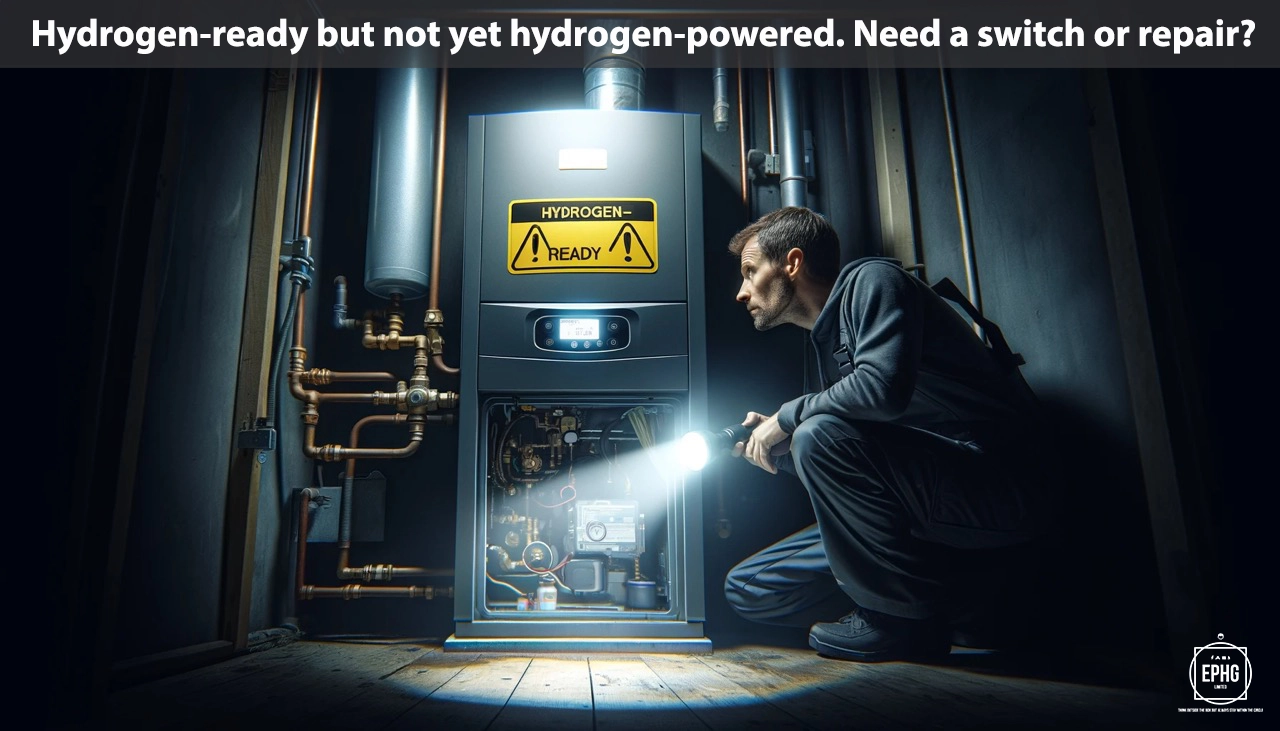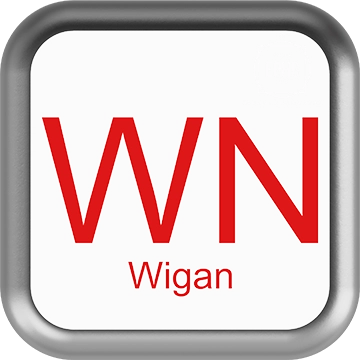
WN Postcodes for Utilities & Services in Wigan and Surrounding Areas
Introduction: The WN postcode area, serving Wigan and its adjacent locales, represents a blend of urban development and rural charm. This guide will provide a comprehensive look into the essential utilities and services available within this region, focusing on water, electricity, and more, to support the needs of its diverse population.
Water in Wigan
What are the primary water sources for Wigan, and how does the region address water scarcity?
In Wigan, the main water supply is derived from the River Douglas, supplemented by additional sources including local reservoirs and underground sources. These resources are integral in meeting the domestic and commercial needs of the area. Despite a generally stable supply, Wigan faces challenges such as variable weather conditions and increasing demand which may stress water resources. To combat potential scarcity, water management authorities implement sustainable practices and encourage water conservation among residents. Initiatives and investments in infrastructure aim to ensure a reliable water supply while promoting responsible usage.
How does water quality and hardness impact residents in Wigan?
Wigan's water is typically considered to be 'moderately hard,' which means it contains higher levels of minerals like calcium and magnesium due to the geological makeup of the area. While this can lead to some scale formation in household appliances, it does not pose health risks and can contribute beneficial minerals to the diet. The water quality is consistently monitored and treated to adhere to strict health and safety standards, assuring that it remains safe for consumption and everyday use. Authorities continue to focus on maintaining and improving water quality to meet the needs and health of Wigan's population.
Electricity in Wigan
What are the main electricity sources for Wigan, and what does the future hold for energy in the area?
Wigan's electricity supply is sourced from the national grid, incorporating a mix of traditional and renewable energy sources. The area is experiencing a shift towards more sustainable energy consumption, with increasing investments in solar, wind, and biomass energy. Looking ahead, Wigan is committed to enhancing its green energy capabilities and infrastructure, aiming to reduce carbon emissions and promote environmental sustainability. The focus is on adopting innovative technologies and renewable energy projects to ensure a secure and eco-friendly energy future for the region.
Wastewater Management in Wigan
The management of wastewater in Wigan is crucial for protecting public health and the environment. The region's wastewater treatment processes are designed to effectively remove contaminants before the cleaned water is returned to the natural environment, particularly the River Douglas. Continuous investment in wastewater infrastructure and technology aims to improve treatment efficiency and adapt to the growing needs of the community, underscoring Wigan's commitment to environmental responsibility and sustainability.
Electricity in Wigan
What are Wigan's main electricity sources, and how is the energy landscape evolving?
Wigan's electricity supply is primarily sourced from a mix of fossil fuels and an increasing amount of renewable energy, reflecting a regional shift towards sustainability. The town benefits from the broader UK energy market, integrating electricity generated from wind farms, solar panels, and biomass alongside traditional sources. With ongoing investments in green energy and infrastructure, Wigan is moving towards a more sustainable energy future. The focus is on reducing reliance on fossil fuels, lowering carbon emissions, and promoting renewable resources, aligning with global environmental goals and local sustainability initiatives.
What is the future of hydrogen energy in Wigan?
Wigan is part of the wider regional effort to explore and integrate hydrogen as a clean energy source. Although specific plans for the widespread use of hydrogen in Wigan's residential and commercial sectors are still under development, the town is positioned to benefit from national and regional hydrogen projects aimed at transforming public transportation and heating systems. These initiatives represent a step towards reducing carbon footprints and transitioning to cleaner energy solutions, with Wigan expected to play an active role in these developments as they unfold.
How is Wigan addressing wastewater management?
In Wigan, wastewater management is a critical component of maintaining public health and environmental standards. The town's wastewater is treated at advanced facilities, where it undergoes rigorous processes to remove contaminants before being safely released back into local water bodies, such as the River Douglas. The ongoing commitment to improving wastewater infrastructure and treatment processes demonstrates Wigan's dedication to environmental stewardship and sustainability, ensuring the well-being of its communities and natural habitats.
Regions and Services:
The WN postcode area offers a rich mosaic of settings, from Wigan’s vibrant town center to the tranquil rural expanses surrounding it. Key regions within this area include:
- Wigan Town: A focal point for urban utility development, featuring sophisticated electrical and gas infrastructures to support a growing population and bustling economy.
- Leigh, Ashton-in-Makerfield, and Skelmersdale: Towns known for their blend of historic and contemporary services, each reflecting unique local histories and evolving community needs.
- Standish, Hindley, and Orrell: Charming villages where the push towards renewable energy is gaining momentum, enhancing the mix of traditional utilities with modern, sustainable solutions.

Regions within the WN Postcode
Wigan and Surrounding Areas
- WN1: Wigan town centre, Haigh, Ince, Swinley - Urban center known for its shopping, historical landmarks, and green spaces.
- WN2: Abram, Aspull, Bamfurlong, Bickershaw, Haigh, Hindley, Hindley Green, Ince - Residential areas with local amenities and community spirit.
- WN3: Goose Green, Ince, Winstanley, Worsley Mesnes, Hawkley Hall - Suburbs with a mix of residential properties and local businesses.
- WN4: Ashton-in-Makerfield, Garswood - Towns known for their community feel, parks, and local history.
- WN5: Billinge, Newtown, Higher End, Orrell, Pemberton, Winstanley - Areas combining suburban living with access to green spaces and amenities.
- WN6: Appley Bridge, Shevington, Standish, Standish Lower Ground, Wrightington - Villages and suburbs known for their rural charm and community events.
- WN7: Leigh, Hope Carr, Landside, Low Common, Bedford, Westleigh, Pennington, Higher Folds - Mix of urban and semi-rural areas with diverse communities and local facilities.
- WN8: Skelmersdale, Up Holland - New town and historical village known for their retail areas, community initiatives, and natural surroundings.
